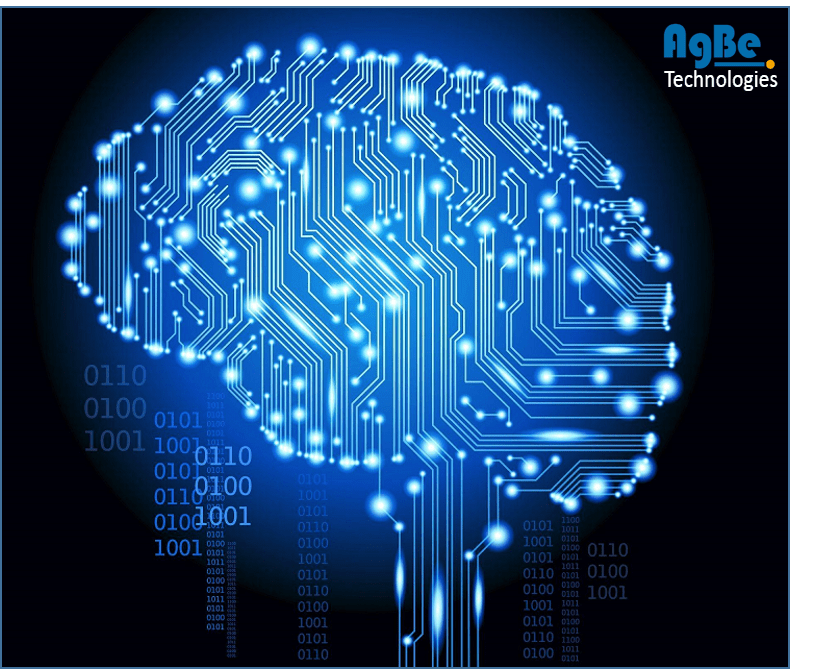
- Rise of affordable cloud-based data storage services like Amazon Web Services, which makes it easy for business-critical applications to generate and store vast amounts of data.
- The ability of machine learning to seamlessly integrate into a wide range of applications such as Natural Language Processing, Image Recognition, business intelligence applications, learning management systems, etc.
- Customer Lifetime Value Prediction – ML and data mining can help businesses predict customer behaviors, purchasing patterns, and help in sending the best possible offers to individual customers, based on their browsing and purchase histories.
- Improving Cyber Security – ML allows new-generation providers to build newer technologies, which quickly and effectively detect unknown threats.
- Image Recognition- This is also a very helpful aspect of ML for many organizations, image recognition can produce numeric symbolic and other informational data from the images. This requires data mining, ML, pattern recognition algorithms, etc. Majorly used in the industries like healthcare, automobiles, etc.
Introduction
Machine Learning is an application of Artificial intelligence, which has the capacity of learning itself with examples without being explicitly programmed. Therefore the main reason behind it is to make computers self-efficient to learn automatically without human dependency. With the help of Machine Learning, computers have become more similar to humans. Machine learning in layman terms can be explained as Let’s try to toss a paper in the dustbin, in the first throw we need to apply high pressure and force both, but gradually throwing, we understand new things and learn from our previous experiences due to which the force and pressure become low and we observe that we are closer to our target.
The term Machine Learning was coined in 1959 by Arthur Samuel. In 1997, [i]Tom Mitchell stated the relational definition that “A computer program is said to learn from experience E with respect to some task T and some performance measure P, if its performance on T as measured by P, improves with experience E”.
Machine learning is a type of algorithm by which software programs give out more accurate predictions. Machine learning uses a process very very similar to data mining.
In today’s era, there is a vast usage of Machine Learning. Self-driving cars, practical speech recognition, online shopping sites, and all include Machine Learning.

[ii]Traditional Programming: We give data (input) and program as input and uses traditional programming to process it and give the desired output.
Machine Learning: We feed in data and output as input and run it on the machine during training and the machine creates its program (logic)
Classifications of Machine Learning
Mainly Machine learning comes under the category of supervised and unsupervised algorithms.
To perform Machine learning few models are required, that process additional data to make predictions
- Supervised Machine Learning Algorithms
- Unsupervised Machine Learning Algorithms
- Reinforcement Machine Learning Algorithms
Supervised Machine Learning Algorithms
Supervised Machine learning uses the mathematical model and data analyst with machine learning skills on a set of data to provide the desired input and the desired output. Once the Algorithm is trained, then this algorithm automatically predicts and decides outputs to the desired input whenever data is provided.
Unsupervised Machine Learning Algorithms
Unsupervised Machine Learning uses a set of data that only provides the desired input. Once this algorithm finds the data, and then grouping, clustering, relationships between the data are found automatically by this algorithm. Suppose there is a group of erasers and sharpeners, this algorithm cannot identify the particular group, but can easily separate erasers from the sharpener.
Reinforcement Machine Learning Algorithm
Reinforcement Machine Learning is used to interact with the environment and to get the desired output. Hit and trial options are used here; the data set provided contains both correct and wrong answers. The correct answers are provided by hit and trial options. This algorithm is used mostly in gaming zones and all.
Machine Learning is used widely nowadays in every field, whether it is the government sector or the private one. It is used in marketing and sales, government, healthcare, transportation, and many more. Automated language translation in Google these days is due to the usage of Machine Learning. Speech recognition and all are examples of Machine Learning.
[iii]How Machine Learning Works
- Gathering Past Data: Need to gather the past data of a particular operation in any form which would be suitable for processing information. The information should be of good quality; the better the quality would be the better it would be for modeling.
- Data Processing: Sometimes the data required for processing is in raw form or in the form which cannot be accessed further, so the particular data needs to be pre-processed.
- Divide input data into training, cross-validation, and test set. The ratio between the respective sets must be 6:2:2.
- Building models with suitable algorithms and techniques on the training set.
- Testing our conceptualized model with data that was not fed to the model at the time of training and evaluating its performance using metrics such as F1 score, precision, and recall.

Applications of Machine Learning
- Real-Time Chabot Agents
- Fraud Detection
- Personnel Assistance like Google’s Alexa and Apple’s Siri
- Image Recognition
- Self-Driving Cars
- Online Games like PUB-G etc.
- Learning and Education sites
- Online Maps Used in the Mobile Phones
- Speech Recognition
- Medical Diagnosis.
- Language Translation.
Companies using Machine Learning on large scale are Google, Amazon, Pinterest, Facebook, Twitter, Instagram, Linked In, Netflix, and many more.
The AgBe developed its first machine learning and natural language processing-based chatbot using Google technology for real-time communication between an enterprise and its end customers.
[i] https://www.geeksforgeeks.org/introduction-machine-learning/



